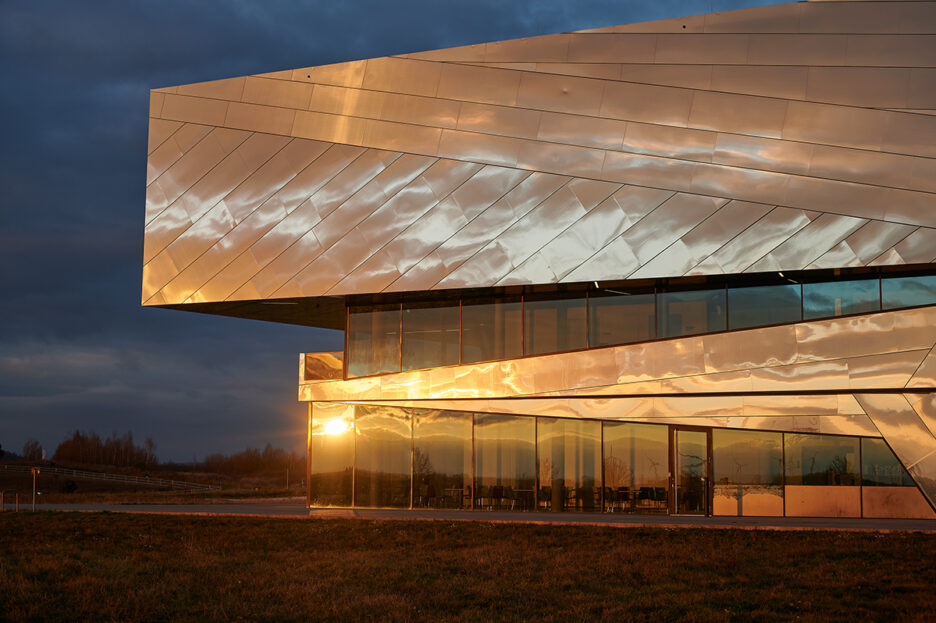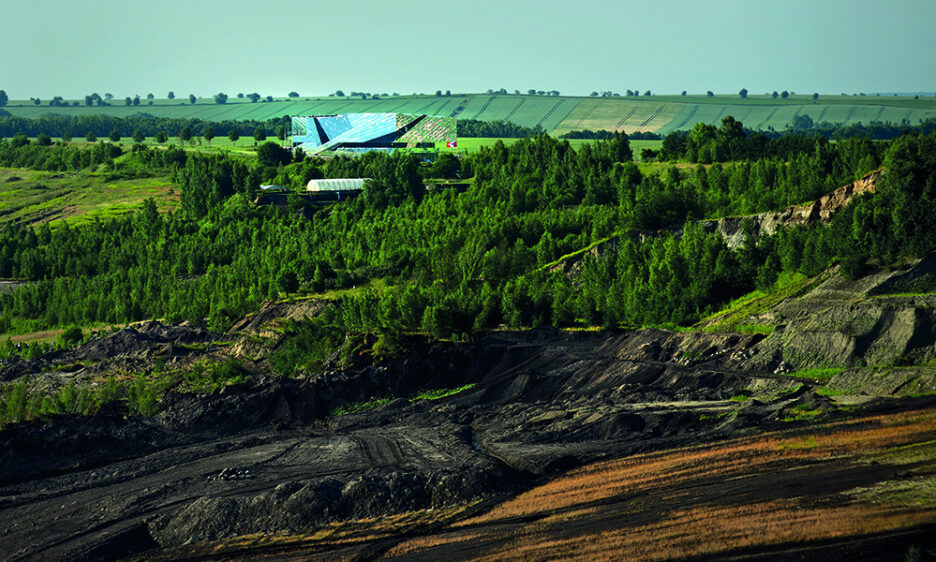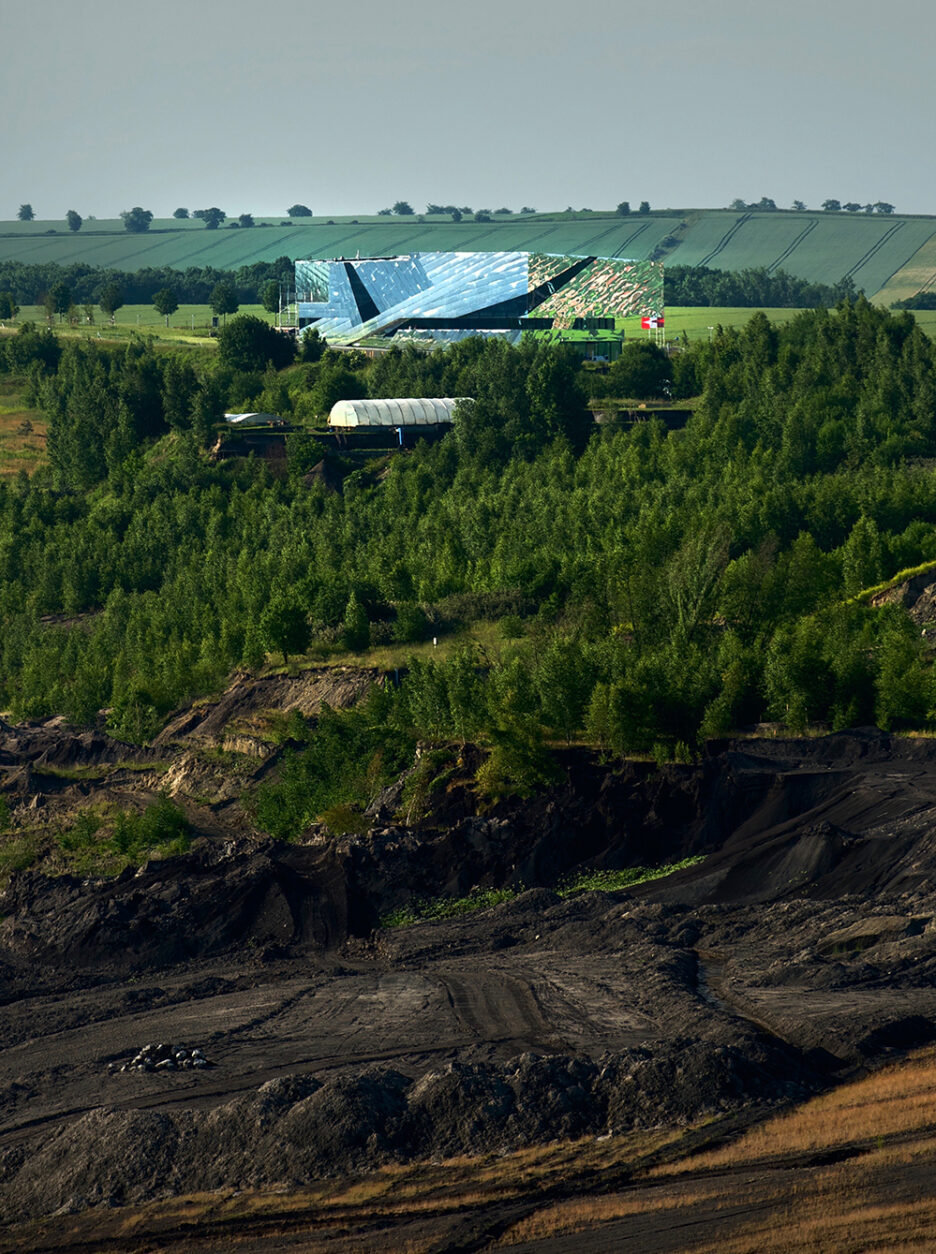Schöningen Research Museum at the paläon site
Back to project overviewProject description
This project is funded by the European Regional Development Fund.
With its futuristic cubature, the Schöningen Research Museum stands for the past and the future. Until 2016, the Schöningen open-cast mine was operated on the site of the research museum, which was archaeologically monitored for over 30 years. The massive earthworks unearthed unexpected finds that brought this site international fame. A team of botanists, palaeontologists and zoologists spent years piecing together the sometimes tiny finds to create a large mosaic of our past. Among other things, the finds from the last 7500 years in ice age strata revealed the discovery of spears, which have fundamentally revolutionized our view of early man.
At the Schöningen 13 ll site, remains from 300,000 years ago provide the oldest completely preserved wooden weapons that allow us to draw conclusions about human behavior at that time. The fauna of 300,000 years ago, the vegetation of the Ice Age and the oldest human remains in Lower Saxony can also be discovered here. In addition to various archaeological finds, deposits from the lignite formation period were discovered at this site, dating from around 60 to 40 million years ago and providing important insights into the effects of natural climate change during a warm period.
Since its reopening on 01.07.2019, the Schöningen Research Museum has provided these finds with a striking exhibition building covering over 600 m² and preserves this world-class cultural heritage.
With the implemented supply concept, local emissions are already being avoided in an area that was characterized for decades by the conventional extraction of resources. However, the use of grid electricity with the German electricity mix still causes 474 g CO2/kWh. With the expansion of renewable energies at the site, solar coverage is to be achieved in order to achieve the project goal of a 50% reduction in CO2 emissions for building operation and use compared to 2018. This is to be achieved permanently by optimizing the existing plant technology and installing renewable power generation using small wind turbines and photovoltaics.
The aim of the project is to first reduce the electricity demand by optimizing the system technology and then to reduce the building's CO2 emissions by using renewable energy.
Renewable generation systems (wind power and photovoltaics) will then be installed.


